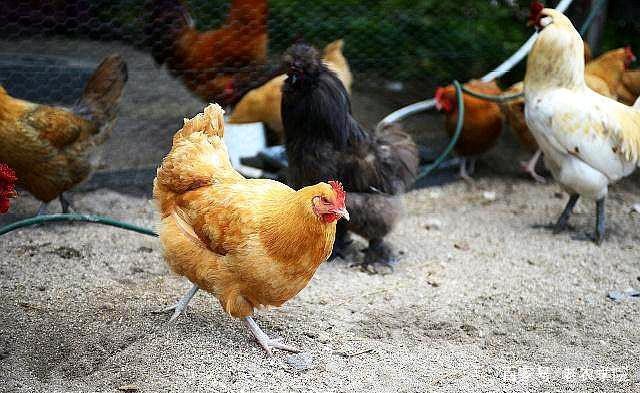
News briefing: PULLORUM

News briefing: PULLORUM
PULLORUM is a bacterial infection. Mainly affects the young chicken, take the white dysentery as the characteristic, after the young chicken is sick many in two weeks the massive death. The disease is prevalent in many parts of the world and poses a serious threat to the development of chicken industry. It’s Salmonella, Gram staining negative, a slightly rounded bacterium with no capsule or spore, no flagellum, and no motility.
1. The epidemic characteristics of different breeds of birds are infectious, the susceptibility is related to age and breed, the epidemic Z of chicks is widespread, and the morbidity and mortality of chickens under
2. Clinical symptoms
(1) chick: A chick hatched from a preserved egg. Most died within seven days. The same group of infected chicks, within 2-3 weeks of death. The sick chicks are afraid of the cold and often huddle together in piles. The Wing droops, the spirit is dispirited, stops to eat, lethargy, discharges the white excrement. Often stick on the tail feather, sometimes block anus, defecate difficult, even can not defecate. Defecate often send out Shriek, abdomen expands. Pulmonary infection, the performance of dyspnea. It can also cause swollen joints and lameness. Most of the chicks that survived were dead chickens.
(2) adult chickens: usually do not show the characteristics of acute infectious diseases, more asymptomatic and resistant, but when ovarian disease, can cause decreased egg production, produced by the carrier egg can reduce the hatching rate. Or hatches out the infection young, the young chicken’s survival rate reduces, is infected the chicken some also the spirit is depressed, the appetite expends, shrinks the neck, the wing droops, the feather stands against. WATTLE is dark purple, defecate, a part of chickens 1-5 days old was septicemia death, other disease chickens can be gradually over.
3. Changes in anatomy early death of chickens, liver enlargement, congestion or striated bleeding, gall bladder enlargement, containing large amounts of bile. Congestion or bleeding in the lungs. The Yolk of the long course of the disease is not well absorbed and looks like fat or cheese. In the liver, lungs, heart, intestine and Gizzard, there are yellow necrotic spots or nodules. When the nodules on the myocardium are enlarged, the heart will deform significantly. The CECUM is distended and contains a cheesy obstruction. The color of the kidney is dark red or pale. The Renal tubules and ureters are dilated and filled with urates. The ovaries of adult hens are often shrunken, deformed, discolored and cyst-like. Acute or chronic pericarditis. Some of the affected follicles fall into the abdominal cavity, leading to generalized peritonitis and Ascites, abdominal organ adhesion. The Cock’s Testis is atrophic, Show cyan-gray, inside vas deferens has cheese-like material to fill and expand. Some of the liver significantly enlarged, texture is very fragile, often happen liver rupture. Caused severe internal bleeding and sudden death of the sick chickens.
4, Control Methods Salmonella pullorum can be transmitted both vertically and horizontally, the pollution is large. The whole process of raising chickens can cause the occurrence and epidemic of this disease. Salmonella is prone to develop resistance to prophylactic agents. Therefore, in order to control the occurrence and prevalence of these diseases, we must do a good job in the quarantine and purification of breeding chickens, as well as the sanitation of environment, feed, drinking water and disinfection of breeding eggs and hatching process. Chicken Drug Prevention: Commonly used drugs are Chloramphenicol, furazolidone, Norfloxacin, gentamicin and Kanamycins. 0.1% chloramphenicol or 0.04% fluticasone propionate was administered for 5 to 6 days. Gentamicin can also be used to drink water, chicks every day, every afternoon, each dose of 1,000 to 1,500 units, for four days. Feeding lactic acid bacteria and other biological agents to chickens regularly has a good effect on the prevention of pullorum. Treatment is available with Chloramphenicol, Furazolidone, Norfloxacin, gentamicin and KANAMYCINS.
Date of opening:1970-01-01 Shop address: Main products: Store certification time:1970-01-01 08:00:00
Store Name: Principal: Contact number: email: